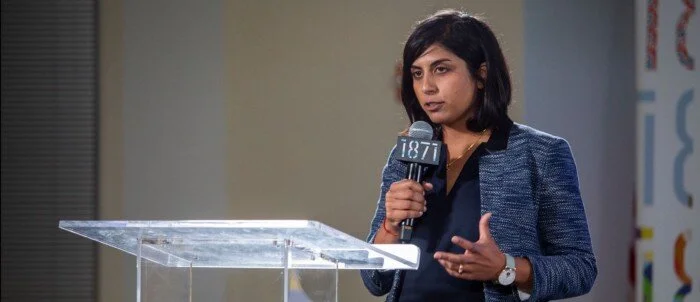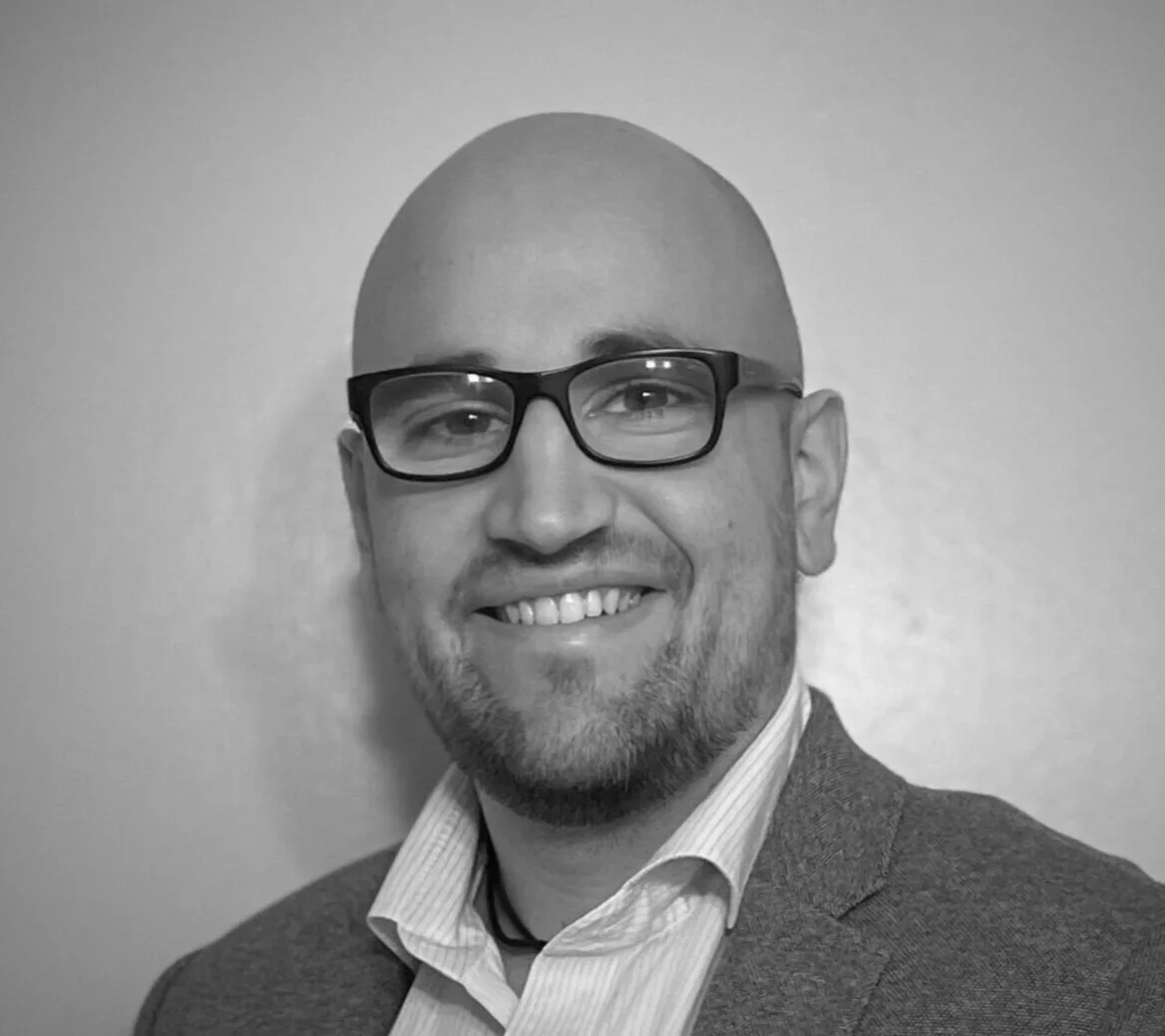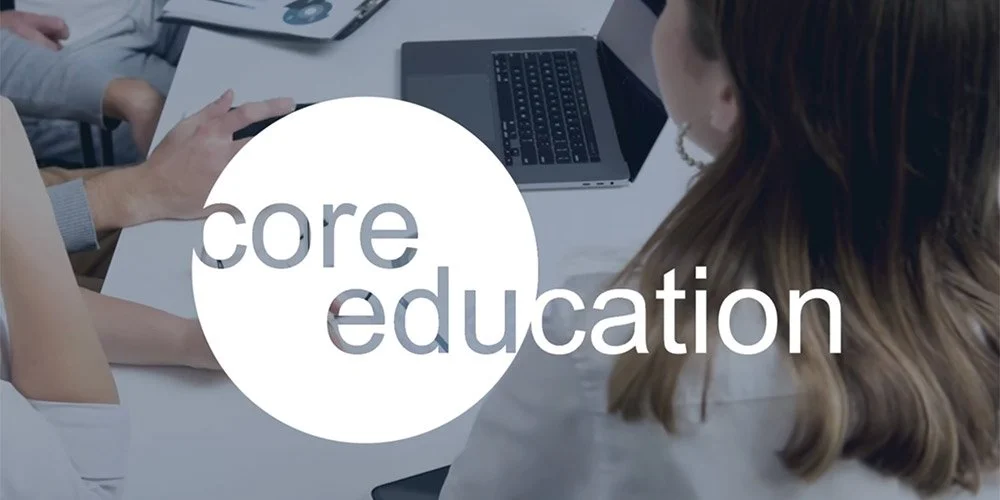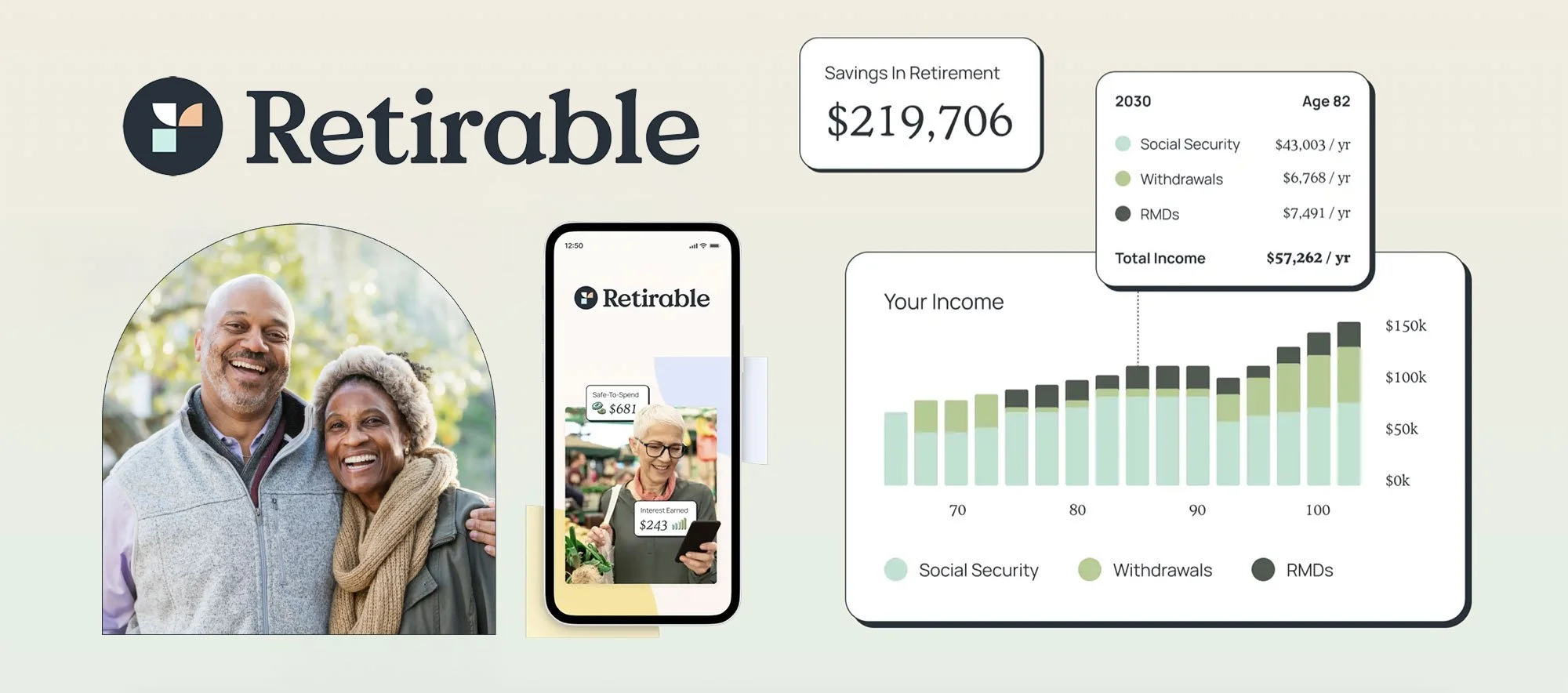Our November 2025 Newsletter
The 9 Reasons We're Optimistic Right Now
Optimism is one of our core values at Impact Engine. And this time of year we're especially mindful of the things we're grateful for.
As 2025 comes to a close, we are sharing a list of small things that give us hope, and support you to find your own.
Jessica Droste Yagan, Partner & Chief Executive: Desmond Tutu said, “Hope is being able to see that there is light despite all of the darkness.” I find hope and optimism by intentionally seeking light, whether it's skimming through the Good Good Good daily newsletter, training my streaming services to feed me a steady diet of inspiring sports movies (most recently Hoosiers) or choosing articles and books with positive visions for the future (most recently Abundance) instead of litanies of what’s wrong or going to go wrong. I don’t put my head in the sand. I know there are very real challenges and fears that have to be addressed, and I’m trying to do my part. But I find that I’m more able to work on a path forward when I'm not stuck in the darkness.
Ander Iruretagoyena, Vice President: A thing that gives me a tremendous sense of hope and optimism is the impending arrival of the 2026 FIFA World Cup. As a lifelong fan, my enthusiasm first lies with the sport itself—and, of course, the unshakable conviction that this is finally the year that my beloved Mexico will break its infamous streak and reach “el quinto partido." However, beyond the excitement on the pitch, I am most hopeful about the event's profound power to unify. Hosted across three nations—the U.S., Mexico, and Canada—the World Cup is more than a tournament; it’s a shared global phenomenon. We are living in times where division often feels amplified, but this event offers a spectacular, peaceful stage where billions of people can set aside political or cultural differences. For a month, we will be bound together by a collective passion and celebrating a universal language. This is a rare and vital act of global cohesion. It’s a powerful reminder that we share a world, a planet, and a love for the beautiful game; let's hope it ignites a world of greater international cooperation.
Roger Liew, Partner: I have gratitude for the Chicago Bears providing many fourth quarter comebacks in the last 7 weeks. It’s fun to see a team never give up and I’m sure it has put a spring in people’s steps commuting to work on Mondays in Chicago. The Scott Kelly Jonas Brothers resume story is also funny and cute. Even better was his response when asked by his business school, “Has anything about the public reaction surprised or amused you—either online or in person?” His response: “The relentless positivity has been wonderful and inexplicable. In 2025, it seems nothing is both that popular and that positive on the internet. I have been receiving well wishes and messages of support nonstop since I was first identified by the TikTok community as the “real” Scott Kelly on Tuesday, and I am thrilled that so many have taken this as an opportunity to tell jokes and get their daily dose of feel-good.”
Demetrius Palmer, Analyst: Abraham Lincoln — “I am a slow walker, but I never walk back.”
This quote reminds me to be grateful for steady progress. Learning, growing, and achieving goals all take time, but what matters most is refusing to retreat or give up.
Priya Parrish, Partner & Chief Investment Officer: One of my favorite poets, Rabindranath Tagore, once wrote "The one who plants trees, knowing that he will never sit in their shade, has at least started to understand the meaning of life." While I honestly have little optimism, I am also not fearful nor resigned. Much like a natural disaster cannot be stopped and one must be both resilient through the tough times and steadfastly rebuild afterwards, I believe we are in the midst of a societal disaster. I do not act to yield immediate results, but with the intention that my actions today might bear fruit after my own time has passed and contribute to something far greater than we can imagine.
Leslie Polster, Senior Analyst, Finance & Operations: I recently learned that when looked at through lens of numerology and Chinese Zodiac, the transition from 2025 to 2026 represents a powerful movement from closure to a new beginning:
Numerology:
2025 (Universal Year 9) represents completion, closing a chapter, and letting go of what no longer serves us.
2026 (Universal Year 1) symbolizes a new beginning and action. The start of a brand-new cycle, symbolizing fresh starts.
Chinese Zodiac:
2025 (Wood Snake) represents wisdom and growth, and a time for transformation and intuitive planning, laying the foundation for the future.
2026 (Fire Horse) represents strength, freedom, and perseverance, symbolizing a year of pursuing goals and taking action.
I find hope in the meaning behind the Fire Horse and Universal Year 1 because I think they represent that things can change for the better, and that we can work together to be powerful and make meaningful change for both ourselves and the world we live in.
Tasha Seitz, Partner: What makes me optimistic is the way that the community in Chicago has come together to support each other in the face of the Operation Midway Blitz and the lapse of SNAP benefits during the government shutdown.
Neighbors have stepped up to support neighbors and protect vulnerable community members, and I hope the momentum and engagement will continue with the challenges we face ahead!
Maggie Stohler, Senior Associate: I've always appreciated the quote from Mother Teresa, "Not all of us can do great things, but we can do small things with great love.” I was particularly moved by a recent act of the Franciscan Sisters of Perpetual Adoration (FSPA), a women's religious congregation in La Crosse, Wisconsin that I used to work with during my time at the Catholic Impact Investing Collaborative. Last month, FSPA formally transferred a two-acre lakefront property that the sisters had owned since 1966 to the Lac Du Flambeau Band of Lake Superior Chippewa, a part of the Ojibwe Nation, and the original caretakers of the land. It is the first such transfer of land from Catholic sisters to a tribe in the country. Sr. Sue Ernster, FSPA president, sees the returning of land as a way to atone for the past. “This is what we can do to really live our values. One of the Franciscan hallmarks is to be in right relationship with all of creation, all people. And so this is another opportunity to live into that.” I was very moved by FSPA's actions and am hopeful that we can all find small things to do with great love in our own lives.
Cara Wood, Vice President of Finance and Operations: This year I am grateful for pottery. Taking on this new hobby has provided joy, stillness and new friendships with people of all ages and types. It has been so enriching to exercise the muscle of trying something new, being bad (but getting better!) and embracing the messiness of art in contrast to the structure and accuracy needed in my work.
What We're Reading this Fall
Can insurance be an impact investment?
Why We Invested in Kin Insurance
By Rahul Bhide, Vice President for Economic Opportunity, and Mohit Jindal, Senior Associate for Environmental Sustainability
In recent years, the U.S. homeowners insurance market has been under intense strain, especially in states vulnerable to natural disasters. Climate change is increasing the frequency and severity of catastrophes, such as hurricanes, wildfires, and floods, while inflation and supply chain disruptions have driven up repair costs. Many traditional insurers have responded by raising premiums sharply, pulling back from high-risk regions, or exiting markets altogether, leaving millions of homeowners with few, if any, affordable coverage options. This growing protection gap disproportionately impacts families in coastal and disaster-prone areas, threatening both their financial security and the resilience of their communities.
Solution
Kin Insurance is a direct-to-consumer home insurance company that uses technology and data analytics to offer customizable, competitively priced coverage in catastrophe-prone areas often underserved by traditional insurers. Founded in 2016, Kin operates as a fully licensed carrier in several U.S. states and distributes policies directly to customers, disintermeditating the traditional broker channel and reducing costs. The company simplifies the buying process, offering transparent pricing, and using real-time property data to underwrite risks more accurately.
Why We Invested
The U.S. homeowners insurance market represents a massive and growing opportunity, with gross written premiums reaching $170 billion in 2024, up 11% year-over-year. Florida, Texas, and California, where Kin is already active, account for roughly one-third of that market, or $54 billion. Kin’s focus on these large, high-value geographies is strategic: they are markets facing both outsized climate risks and significant dislocation, where traditional insurers have raised premiums sharply, reduced coverage, or exited altogether.
Kin’s technology-driven model is designed to serve precisely these high-need areas by protecting the most important financial asset for middle-class Americans - their homes. Through granular, property-specific underwriting, Kin can better price and manage risk across multiple perils like hurricane, flood, wildfire, and more, while delivering a superior customer experience with faster quotes, claims notifications, and payouts. With its scale and track record, Kin has secured access to well-priced reinsurance and debt capital, resources unavailable to most smaller players, positioning it for sustainable growth. By combining market reach, underwriting precision, and financial resilience, Kin is building a durable platform to insure homes in the face of accelerating climate risk.
Kin finished 2024 with $495.3 million in gross written premium and $156.1 million in total revenue. Kin's operating income for the year was $12.0 million, representing a 126% increase over the prior year.
Impact
Climate change has increased the severity and frequency of disasters, driving a 24% rise in home insurance premiums between 2021 and 2024. Additionally, different houses even in the same ZIP code face different levels of risk from climate change-related risks. Traditionally, legacy carriers price risk at a zip-code level, making it difficult for them to adapt their underwriting models and approach to price insurance policies for specific properties, and so faced with this challenge, they’re choosing to pull out of offering policies in high risk areas entirely.
Kin takes the opposite approach: it applies property-level modeling by ingesting and analyzing thousands of data points about each property, enabling granular underwriting that is actuarially sound. That’s what enables Kin to enter and expand in such dislocated home insurance markets when others abandon them. Access to home insurance protects the most significant asset and source of wealth creation for middle-class Americans. Without it, borrowers can’t close or refinance mortgages, and communities rely on slower government-established plans (ex. CA’s FAIR plan) for coverage.
Higher ed is under stress right now
Why We Invested in Core Education
By Rahul Bhide, Vice President for Economic Opportunity
Higher-education institutions (HEIs) in the US are facing significant headwinds causing operational and financial sustainability challenges. Those headwinds include demographic changes, shifting sentiment on the perceived value of higher education, increased technological complexity from IT infrastructure to digital marketing, and deep competition for the right technological talent. Additionally, shifting from traditional business models to focus on non-traditional and workforce-based education continues to be a challenge.
Small and mid-market private higher education institutions, those under ten thousand students, face the brunt of these headwinds and are most vulnerable. Students at colleges that close are significantly impacted: more than 50% of students who are at a college that closes do not complete their education elsewhere, and 40M Americans have some college experience but not a degree, contributed to, in part, by closures. College closures also affect their communities; regardless of the institution size. Institutions are economic and social anchors for the communities to which they belong.
Solution
Core Education is a mission-critical operating partner and specialized services provider focused on transforming higher education institutions. Core’s integrated services span revenue diversification, technology modernization, and financial sustainability, enabling colleges to adapt to demographic shifts, declining full-time enrollments, and financial pressures.
Why We Invested
Core Education has an impressive team, led by Kamalika Sandell and Rick Beyer, supported by a senior leadership team with deep higher education, finance, and technology backgrounds, including a number of former college presidents who have successfully addressed the challenges that their partner institutions are now facing. The company has grown revenue significantly over the past few years and has operated in a capital-efficient manner.
Core’s offerings enable their partner institutions to achieve financial resilience, sharpen workforce offerings, and connect with employers. Existing solutions and players in the space are typically only able to offer point solutions or services; Core’s ability to offer comprehensive integrated solutions with sector-specific expertise is a key competitive differentiator and makes a significant difference in institution outcomes. Their results have made them a trusted partner.
Impact
Core delivers business model transformation to a critically underserved segment of higher education. The company’s institution partners are typically significantly underserved and are often regional, under-resourced, or tuition-dependent, unable to access talent and technology in the same manner as larger institutions. Core closes that gap through a fractional model, delivering embedded, high-impact capabilities typically reserved for larger institutions. Its integrated solution offerings span revenue strategy, financial modeling, enrollment performance, workforce development, and digital transformation. Their ability to help institutions engage with employers and develop workforce development initiatives enable institutions to improve potential educational outcomes for their students. Their comprehensive solution and service set also helps stabilize institutions financially, enabling colleges to continue offering quality educational outcomes for their students, and continue to contribute to their communities.






















